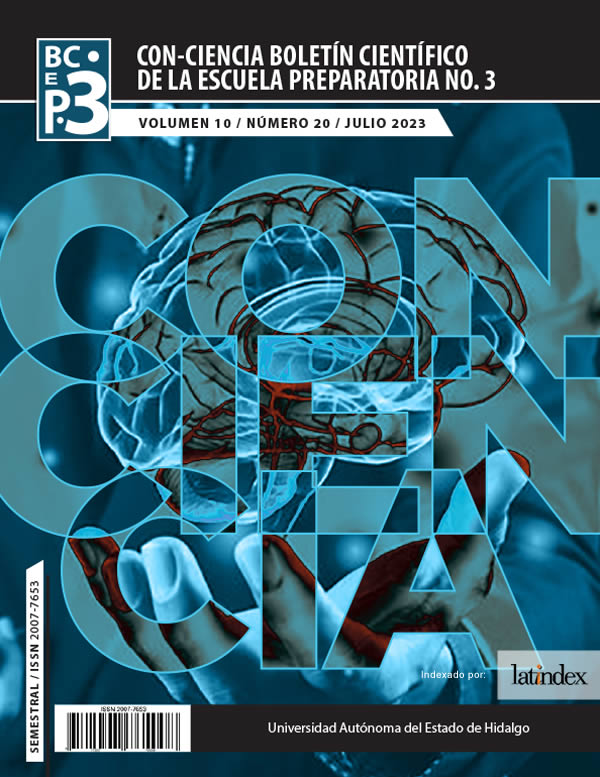Chatbots: la evolución de la atención al cliente en la era digital.
DOI:
https://doi.org/10.29057/prepa3.v10i20.10690Palabras clave:
Chatbots, prueba Turing, Eliza, ALICE, Alexa, Cortana, Siri, ChatGPTResumen
Los chatbots son una herramienta tecnológica cada vez más importante en el mundo empresarial y en otros campos como la atención médica y la educación. Por lo que, este trabajo tiene como objetivo analizar la evolución, tipos de chatbots, revisar sus ventajas, como la capacidad de brindar atención al cliente de manera rápida y eficiente, reducir costos y mejorar la experiencia del usuario. Además, los chatbots pueden ser utilizados para automatizar tareas repetitivas y liberar tiempo para que los trabajadores humanos se concentren en tareas más complejas y creativas. A pesar de estas ventajas, también hay desventajas que se deben tener en cuenta, como la posibilidad de errores y malentendidos, la falta de empatía y la necesidad de mantener un equilibrio adecuado entre la automatización y la interacción humana.
Información de Publicación
Perfiles de revisores N/D
Declaraciones del autor
Indexado en
- Sociedad académica
- N/D
Citas
Kiseleva, J., Balyshnikov, M., & Chuklin, A. (2017). Understanding and improving neural machine translation pipelines. arXiv preprint arXiv:1704.06933.
Lipton, Z. C. (2018). The mythos of model interpretability. Queue, 16(3), 30-53.
Mohammad, M. M., Awwad, A. M., & Al-Kabi, M. N. (2020). Chatbots' impact on customer satisfaction: An empirical investigation. Journal of Retailing and Consumer Services, 53, 101787.
Liao, Q. V., & Wu, T. (2019). The adoption of chatbots in service encounters: Investigating the moderating effect of service types. Journal of Service Theory and Practice, 29(6), 807-835.
Mamun, M. A., Islam, M. R., Islam, M. N., & Ali, M. A. (2019). Chatbot as a digital assistant for customer service: An empirical study of customers' perceptions. Journal of Retailing and Consumer Services, 50, 91-102.
Miao, C., Lu, Y., & Wang, J. (2020). Chatbot or human? An exploratory study of consumer preference for customer service. Journal of Business Research, 117, 339-348.
Pfeiffer, J., & Grünerbl, A. (2021). Designing Chatbots for Human Conversational Experience: A Systematic Literature Review. ACM Computing Surveys (CSUR), 54(1), 1-43.
Yang, H., Li, C., Li, L., & Li, J. (2021). Understanding the Influence of Anthropomorphism and Message Framing on Customer Responses to Chatbots. Journal of Interactive Marketing, 56, 74-88.
Gao, H., Hu, H., Wilson, C., & Wei, K. (2019). The Impact of Chatbots on Customer Service: A Study of China's E-commerce Sector. Journal of Service Research, 22(3), 335-352.
Laranjo, L., Dunn, A. G., Tong, H. L., Kocaballi, B., Chen, J., Bashir, R., & Surian, D. (2018). Conversational agents in healthcare: a systematic review. Journal of the American Medical Informatics Association, 25(9), 1248-1258.
Martínez-López, F. J., Luna-Reyes, L. F., & García-González, A. (2019). Chatbots and customer service: A meta-analytic review of conceptualizations and empirical evidence. Journal of Business Research, 104, 461-470.
Dhir, A., Yossatorn, Y., Kaur, P., & Chen, S. (2020). Online and offline impacts of chatbots: A scoping review. Computers in Human Behavior, 104, 106160.
Hendricks, J. A., & Cutler, B. D. (2019). The dark side of chatbots: What happens when artificial intelligence meets deception? Journal of Business Research, 100, 445-455.
Koert, D., & Brudermann, T. (2018). Are chatbots a useful tool for website navigation? An evaluation of the chatbot's success rate and user satisfaction. Computers in Human Behavior, 89, 88-96.
















